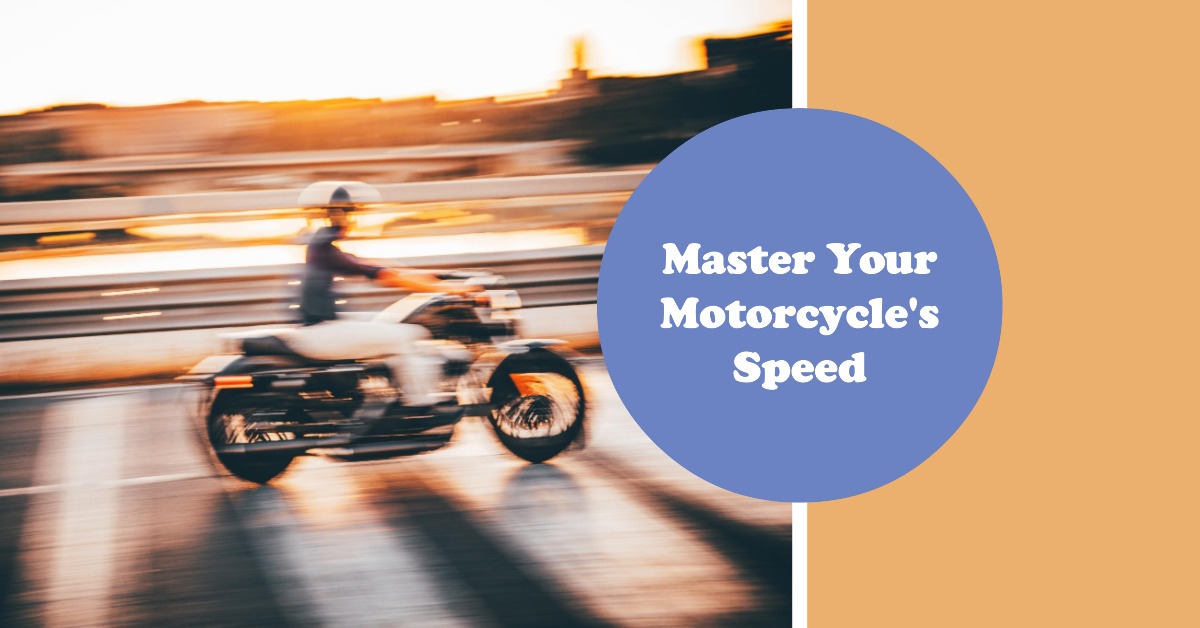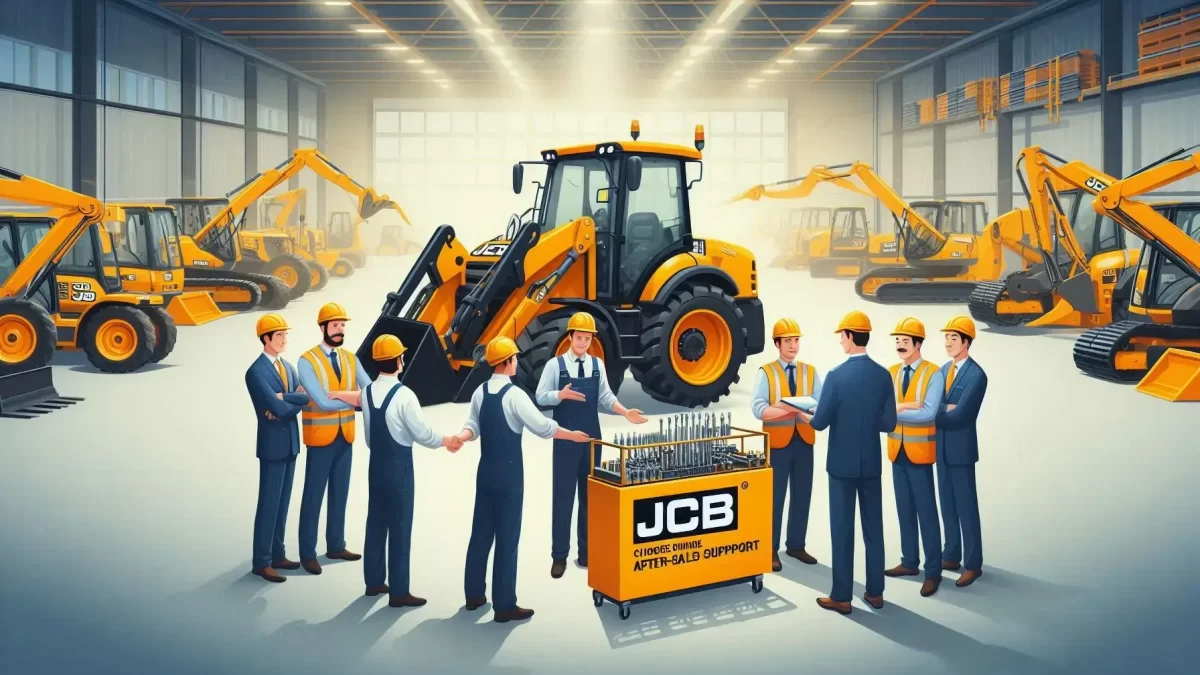
The Methods For Managing Your Motorcycle’s Speed
Although maintaining control of your motorcycle at parking lot speeds won’t necessarily save your life, it could prevent costly harm such as a broken foot. You can balance your bike using your legs, but relying more on skillful slow-speed handling will improve your self-assurance and street cred.
How Not to Suck at Slow-Speed Riding
When speeds drop you no longer benefit from inertia and gyroscopic forces. The slower you go, the more significant role you play in keeping gravity from pulling your motorcycle onto its side. This means keeping the Center of Gravity directly above the tire contact patches (or the contact patches now beneath the Center of Gravity).
You must continuously modify the relationship between the contact patch and the center of gravity to achieve this. It’s similar to trying to hold a broomstick balanced on your palm. It takes continual adjustment to keep the broom’s contact point vertically below the Center of Gravity so the broomstick remains upright— if it reacts too slowly and falls to the floor.
It would help to do the same thing when staying upright on a slow-moving motorcycle. The difference is that the bike is the “broomstick”. It would help if you moved the tire’s contact patch to stay balanced. This can be done by turning the handlebars left and right, causing the steering head– and the motorcycle’s Center of Gravity – to shift from side to side.
Body Positioning
By shifting your body weight, you move the combined Center of Gravity of the bike and rider over the contact patches. A limber torso and a loose grip on the handlebars help maintain balance in this way.
Shifting body weight can help maintain balance. Keep your body upright when the bike leans when making tight bends by placing your weight on the outside footpeg (the right peg for left turns). This is called counterweighting.
Keep weight on your footpegs so you can lean the bike independently of your body (and vice versa). This lets you quickly shift body weight, turn the handlebars, or bend the cycle to regain balance.
Brake Control
Another reason for keeping your feet on the footpegs is so your right foot can apply rear brake pressure if you need to slow.
The rear brake is also helpful for increasing stability. Maintain steady drive while you drag the rear brake of your motorcycle like the yamaha r15 v4 specification to control speed and give the drivetrain a force to “pull against.” This “tension” steadies drive staff and helps pivot the bike around when making tight U-turns.
Drive Control
Throttle control is one of the most critical controls to master when performing U-turns. Forward drive must be delivered smoothly. Otherwise, you risk dropping your motorcycle. It’s challenging to make a tight U-turn with the motorcycle lurching abruptly from the ham-fisted on-and-off application of the throttle.
You may have to lean quite a bit, but that’s okay if you maintain a steady driveon your motorcycle like the R15 V4. By keeping your wrist lowered and securing your thumb or index finger to the handlebar control pod, you can reduce throttle movement.
Rolling U-Turns
Try to do your tight U-Turns from a rolling start when you can. You can already control stability in this way. The “keyhole” maneuver involves rolling forward, veering slightly in the opposite of the desired direction, and then turning. The bike is leaning early as a result.
U-turns from a Stop
This is more difficult. You should position yourself and your bike beforehand in order to turn quickly from a halt. To accomplish this, turn the handlebars almost all the way to the lock position while leaning the bike as far into the turn as is comfortable for you. Your left leg should be supporting the bicycle, and your right foot should be on the back brake. Turn your head to the side to look at the turn “exit.”
Now accelerate a little while swiftly releasing the clutch to go from zero stability (a halt) to stable (approximately 3-5 mph) in the shortest amount of time and distance possible. Delay, though. Maintain the handlebar turn and lean angle while doing this. If you do it correctly, the bike will gently hook around.
Speed Equals Stability
Remember, if you start to fall over, ease off the rear brake or ease out the clutch a bit to get your speed up a little. But only a little, or you will run wide.
Slow-moving handling does not necessarily result in anxiety. Increased confidence and a decreased risk of a slow-speed tip-over and potential harm can be attained with a little knowledge and practice.
It depends on the bike. Many limit power to the brake that is not being used, so the rear brake application still works, just less so. You can still benefit from this technique, even with full, integrated brakes; just be gentler and more consistent with application. BMW now turns off the linked brakes below a certain speed.
The target to aim for is 24 feet. To get there, you need to slow down. I do my U-turns at four mph. Yes, the bike will seem out of balance, but the tighter the curve, the slower you ride. If you must go slower because of the DCT, you’ll need to learn more and turn the handlebars more. Simple, but not easy. Keep practicing.
Throttle control is fantastic, but you have yet to meet anyone who can effectively and smoothly control a bike’s speed during parking lot maneuvers using only the throttle. Most bikes are too twitchy, moving from idle to barely opened throttle. The point about maintaining some throttle and using the rear brake works but is equally effective is holding steady throttle and modulating clutch slip to control speed.
Conclusion
This is one area where cruisers may perform better than other types of vehicles. Compared to cruisers, sport bikes are frequently tall and tipsy, and they frequently have fewer steering locks. Some extremely concentrated sports bikes with phenomenal acceleration are designed for speeds other than those found in parking lots. Riding an 800 pound Harley may be simpler than moving at a strolling pace.



